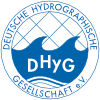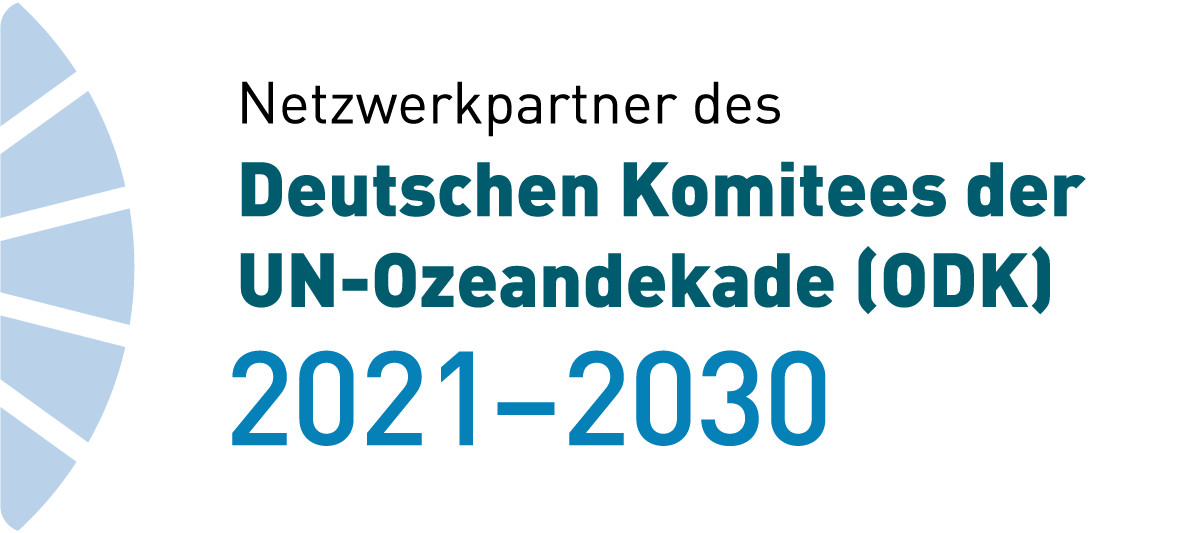HN Ausgaben wählen
- HN 132 (9)
- HN 131 (17)
- HN 130 (10)
- HN 129 (8)
- HN 128 (10)
- HN 127 (6)
- HN 126 (10)
- HN 125 (11)
- HN 124 (8)
- HN 123 (10)
- HN 122 (9)
- HN 121 (10)
- HN 120 (7)
- HN 119 (10)
- HN 118 (7)
- HN 117 (10)
- HN 116 (14)
- HN 115 (10)
- HN 114 (6)
- HN 113 (10)
- HN 112 (7)
- HN 111 (9)
- HN 110 (9)
- HN 109 (11)
- HN 108 (8)
- HN 107 (9)
- HN 106 (7)
- HN 105 (14)
- HN 104 (6)
- HN 103 (11)
- HN 102 (8)
- HN 101 (9)
- HN 100 (13)
- HN 097 (1)
What exactly is hydrography? – The IHO offers an abstract definition only. It is high time for more graphicness
The term hydrography has different meanings. It describes mainly the science of surveying of waters and of waters-related information, to which the German Hydrographic Society (DHyG) has committed itself to. There are several definitions of the concept depending on the nation and institution. Without doubt, the definition published by the IHO in 2009 has the greatest impact. Still, even this institution hasn’t been able to describe comprehensively and convincingly what hydrography is. Most of all, it lacks a vivid description. Therefore, it is about time to point out the weaknesses of the IHO definition and to present a new one. The following definition at least reflects the German understanding of the concept from the DHyG perspective.
hydrography | definition | terminology | lexicography | concept | philosophy of science
- Ausgabe: HN 100 Seite: 59–62
- DOI: 10.23784/HN100-13
- Autor/en: Lars Schiller
New perspectives on indigenous navigation tradition
Stick charts are a significant part of the Micronesian Marshallese navigation tradition in the Pacific Ocean. The islanders navigated without instruments just by observing, among others, oceanic phenomena such as swells, currents, and roughness characteristics of the sea surface. For a long time, the explanation of the various sticks of such latticework remained secret and something of a mystery and was only obtained by oral transmission under great difficulties. Old and new interpretations of stick charts are compared and presented. Signatures of different swells manifested on stick charts were identified and proved by satellite remote sensing data. Current research on indigenous navigation is growing to conserve such unique tradition in the Pacific and especially in the sea area of the Marshall Islands. For scientific research on indigenous navigation knowledge collaboration between natural scientists and ethnologists is necessary.
Marshall Islands | stick charts | swell diffraction | neutron diffraction | CHRIS satellite image
- Ausgabe: HN 100 Seite: 54–58
- DOI: 10.23784/HN100-12
- Autor/en: Ingo Hennings
The evolution of the Port of Hamburg from a hydrographic perspective
For several hundred years the means of determining the water depth and positioning in the Port of Hamburg have hardly varied. The lead line has played a crucial role for hydrographic measurements. Starting with the introduction of the first echo sounder and the use of satellite navigation the electrotechnics took over the essential part in delivering ever more refined measurement instrumentation for hydrographic surveying. The adoption of computers for data acquisition and processing provides many exciting and seminal prospects. More and more digital products and workflows replace the paper charts opening a new variety of analysis tools that the customers of the Hamburg Port Authority already start to implement.
Hamburg Port | Hamburg Port Authority – HPA | Elbe | Deepenschriewer fleet
- Ausgabe: HN 100 Seite: 48–52
- DOI: 10.23784/HN100-11
- Autor/en: Frank Köster, Thomas Thies
Flight into freedom
Alfred Andersch’ first novel Flight to Afar (Sansibar oder der letzte Grund – »Zanzibar or the last reason«) tells a story about flight into freedom. A Jewish young woman and an object of art are being rescued from the imminent Nazi fascist arrest. The flight from Rerik across the Baltic Sea to Sweden succeeds thanks to the knowledge of waterways, shoals and currents.
- Ausgabe: HN 100 Seite: 46–47
- DOI: 10.23784/HN100-10
- Autor/en: Lars Schiller
Hydro 2014 – Energy & Enterprise in Aberdeen
Hydro 2014 took place in the energy capital of Europe. The 22nd Hydro conference of the International Federation of Hydrographic Societies (IFHS) comprised everything the over 300 delegates could expect from such a three day event: a technical programme featuring keynote and paper presentations, workshops and technical visits, an exhibition and a social programme including the ice-breaker party and the conference dinner. Hydro 2014 also saw the introduction of two new regular features to the Hydro conference programme: An IHO-led session and a student presentation session.
- Ausgabe: HN 100 Seite: 42–44
- DOI: 10.23784/HN100-09
- Autor/en: Holger Klindt, Ian Holden


